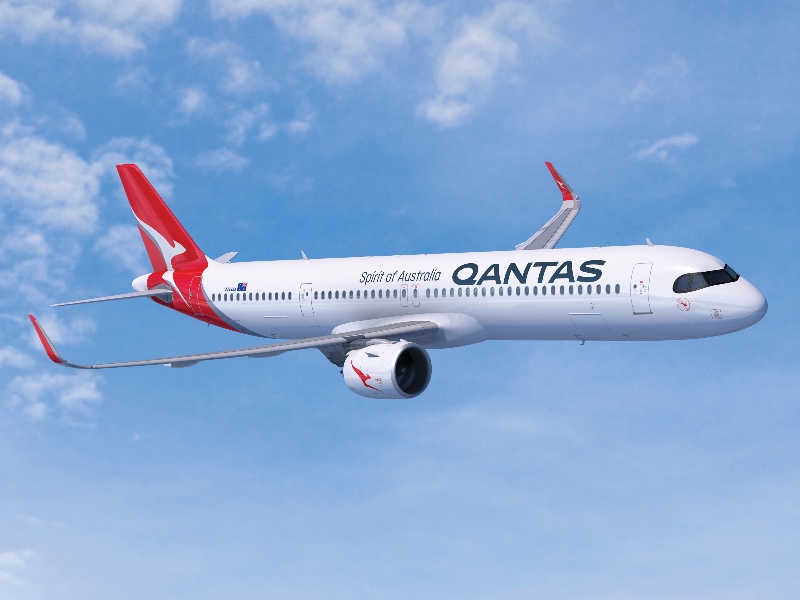
Qantas has confirmed that it will replace its ageing Boeing 737-800 fleet with the Airbus A321XLR, and its Boeing 717s with Airbus A220s. The new jets will begin to arrive in around three years and will form the backbone of the Qantas domestic fleet for the next several decades.
Over recent months, Qantas had been in lengthy discussions and negotiations with three aircraft manufacturers – Airbus, Boeing and Embraer – to decide which aircraft will replace its current narrow-body jets in the long term. These negotiations have now concluded, with Qantas today announcing a firm commitment to order 20 Airbus A321XLR (extra long-range) and 20 Airbus A220-300 jets.
The airline will also have the right to order a further 94 Airbus planes over a 10-year delivery period. The first of these new planes are expected to enter the Qantas fleet in the second half of 2024.
The Airbus A321XLR
The Airbus A320neo and Boeing 737 MAX families were both considered as replacements for the current Boeing 737-800 fleet. The chosen aircraft, the A321XLR, can carry around 15% more passengers than the Boeing 737-800 and also has a longer range. In fact, the Airbus A321XLR could easily fly from Sydney or Melbourne to Singapore.
“The A320 will be new for Qantas Domestic, but we already know it’s a great aircraft because it’s been the backbone of Jetstar’s success for more than 15 years and more recently operating the resources industry in Western Australia,” Qantas CEO Alan Joyce said.
The A320 series of aircraft have a slightly wider fuselage than the Boeing 737 family, meaning each Economy Class seat is around an inch wider.
The Airbus A220-300
As replacements for the QantasLink Boeing 717 fleet, Qantas had considered both the Airbus A220 and Embraer E190/195-E2 series jets. The A220 was chosen as an economic regional aircraft capable of operating longer domestic flights.
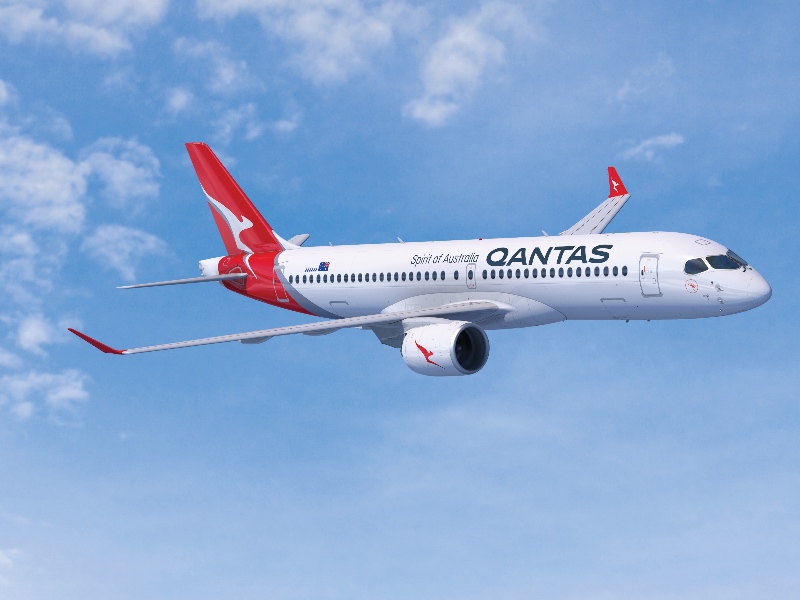
“The A220 is such a versatile aircraft which has become popular with airline customers in the United States and Europe because it has the capability to fly regional routes as well as longer sectors between capital cities,” Joyce said.
“For customers, that means having more departures throughout the day on a smaller aircraft, or extra capacity at peak times with a larger aircraft. Or the ability to start a new regional route because the economics of the aircraft make it possible.”
The A220, which was originally developed as the Bombardier C-Series, is already in service with numerous airlines including Delta, Air Canada, Air Baltic, Swiss, Korean Air and Air Vanuatu. The plane is popular with passengers due to its modern interior and comfortable 2-3 Economy Class seating layout similar to that currently found on the Boeing 717.
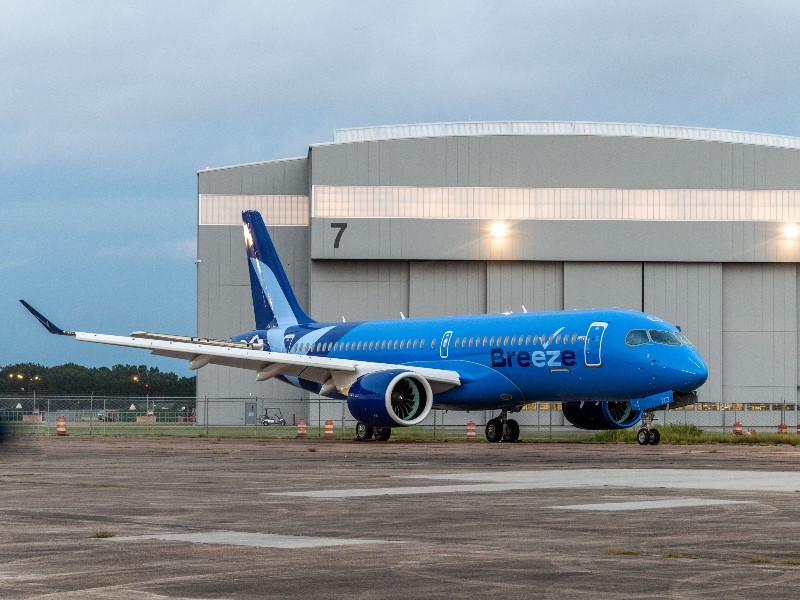
What kind of seats will the new Qantas planes have?
Qantas has not yet revealed what type of seats will be installed on these new narrow-body jets, but Alan Joyce says further details will be shared soon.
“We have some exciting plans for the next-generation cabins we’ll put on these aircraft, which will offer improvements for passengers that we’ll share in coming months.”
Qantas currently has 75 Boeing 737-800s aged between 7 and 19 years old. Its subsidiary National Jet Systems, which flies under the QantasLink brand, currently operates 20 Boeing 717-200s aged between 15 and 22 years old.
Join the discussion on the Australian Frequent Flyer forum: QF Domestic Fleet Renewal: Airbus 320neo/220 Preferred
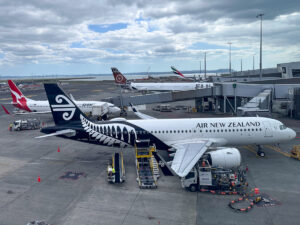


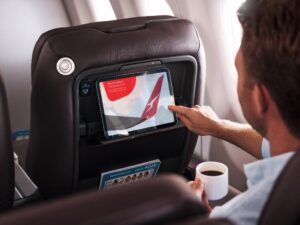
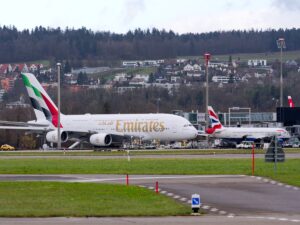


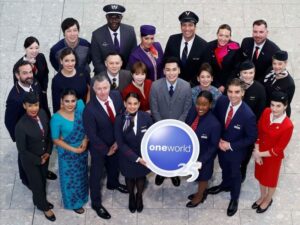




















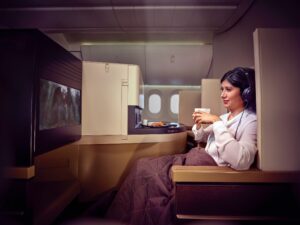












































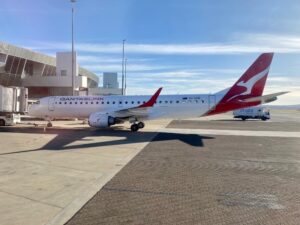
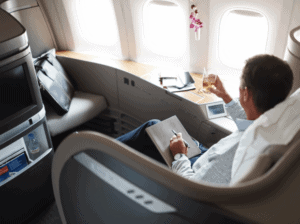






Community Comments
Loading new replies...
Join the full discussion at the Australian Frequent Flyer →